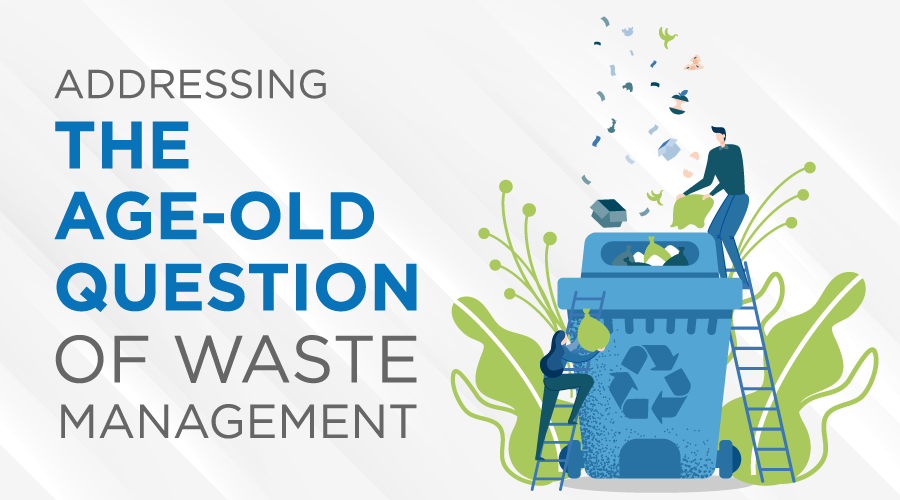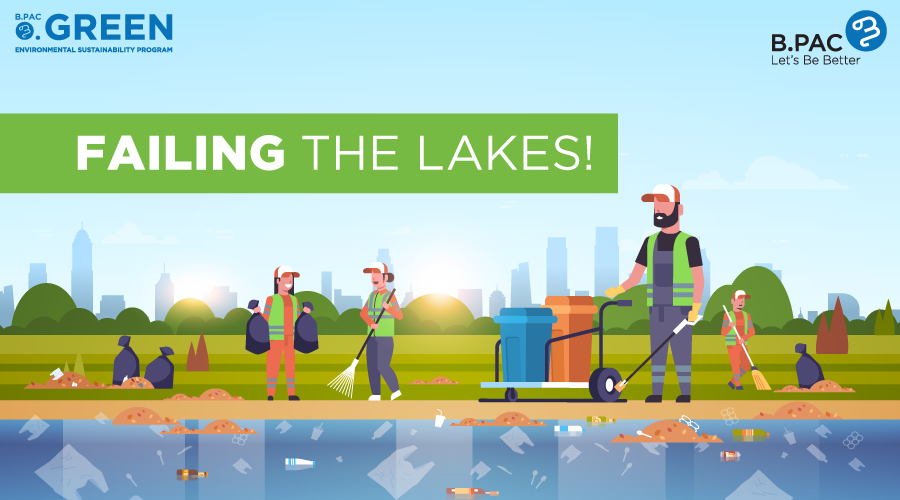It is a common sight in any city in India, to be walking down a lane and finding a heap of garbage which generally doesn’t belong there. Waste management has been in the talks for as long as one can remember but was officially launched into a scheme in 2014 as Swachh Bharat Abhiyan. At this point, waste management has become a colloquial term and is used in everyday conversations by environmentalists as well as the common public alike. And yet, does one see the internalization of that term?
Bangalore as a city, has been pioneering the waste management drive since 2006. Small initiatives that started from apartment dwellers have resulted in the promotion of wet-waste composting.
For example, https://yourstory.com/2017/09/bengaluru-apartments-waste-management.
We still have a long way to go to achieving sustainability and environmental preservation. The first step towards that is taking accountability for one’s waste production. While the city’s local government needs to take responsibility for creating a reasonable waste management system that is consistent throughout the city, it is equally the responsibility of individuals and societies to be conscious of their waste products so that they don’t get illegally dumped into the villages in the outskirts of the city.
We curated a list of practices – some old, some new – which are easy to implement without any additional costs.
-
Avoid plastics:
This ought to be a very conscious golden rule. To look for alternatives and avoid accumulating single-use plastics (bags, boxes, etc.) as much as possible.
-
Buy food with minimal packaging:
Especially during the lockdown when people have been stranded home alone, who either don’t know how to cook or simply don’t like to cook, the consumption of food delivery has increased. While it is unavoidable, one can make sure to buy food with minimal plastic or throw-away packaging.
-
Repurpose, reuse, and recycle:
Many plastic and tin containers can be reused as storage for various products. One can repurpose items such as shoeboxes and other kinds of cardboard boxes with creativity which is just a google-search away. It is also important to understand the packaging of the products that you buy and which of those materials can be recycled. A conscious effort helps along the way.
-
Donate:
While it is satisfying to donate articles, especially clothes, it is also important to make sure that the donations are in good condition even if it’s of no use to you. It is also significant to understand the toll of fast-fashion on the environment.
Look into https://www.youtube.com/watch?v=xGF3ObOBbac&list=LLazplnBIEVHrVQB-6QtvGUg&index=4 for more resourceful information. -
Segregation:
Another typical and yet significant process is waste segregation from the source. If every household or organization could actively work on segregation waste at their respective sources, it would become far easier for the local government to implement the same. Waste is primarily separated into dry waste and wet waste. It can further be divided into paper, plastics, kitchen waste, and sanitary waste. However, keeping four bins in every household might not be feasible, but educational institutions and other corporate organizations can surely afford to implement the latter type of segregation of waste.
On a macro level, big companies and organizations can become accountable by practicing Extended Producer Responsibility (EPR). As defined by the Organisation for Economic Cooperation and Development (OECD), EPR is an environmental policy approach in which a producer’s responsibility for a product is extended to the post-consumer stage of a product’s life cycle. That is, it holds the companies responsible for the impact of the life-cycle of the products and their packaging on the environment.
EPR policy is characterized by namely two features:
- Shifting of responsibility (physically and/or economically; fully or partially) upstream toward the producer and away from municipalities
- Provision of incentives to producers to take into account environmental considerations when designing their products
While other policy instruments tend to target a single point in the chain, EPR seeks to integrate signals related to the environmental characteristics of products and production processes throughout the product chain. Although this policy aims to minimize the environmental impact of waste, we as individuals do not have control over the companies’ activities. Not only that, the budget allotted to municipalities for solid waste management, comes from taxpayers’ money – most of which is spent on arranging pick-up and transportation of the waste.
Check out this article for more information https://www.downtoearth.org.in/blog/waste/india-s-challenges-in-waste-management-56753.
We can, however, support the more environmentally responsible companies by buying products with minimal packaging. We can further support the local government by decentralizing waste management at the household and campus levels, as mentioned earlier. This could also help save taxpayer money and redirect it towards technology for the treatment and appropriate waste disposal.
Most of the solid-waste being created at homes could be easily avoided by simply researching more, being conscious of your choices, and taking an active step in avoiding certain materials or by looking out for alternatives for the same. It is understandable that one cannot avoid plastics all the time, it is bound to appear at some point or the other.
Waste management is a continuous process and while many of them seem quite simple, they require continuous effort. Therefore, it is necessary to be mindful of the bigger picture, i.e., the environment, whenever motivation wanes and to remind ourselves that an incremental effort helps in addressing a problem in the long run.





